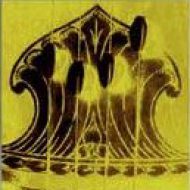Here’s a delightful “flow-exercise” of a different kind: nadai in rupaka tala Source: A rhythmical composition (nadai) in rupaka tala The Oxford Illustrated Companion to South Indian Classical Music (Table 22, p. 226)Audio: listen to a similar version: Excercise in Rupaka tala by TR Sundaresan | More >> South Indian music has a vast repertory …
Continue reading “Flow | And what about rhythm? – Let’s go on a musical walk!”
